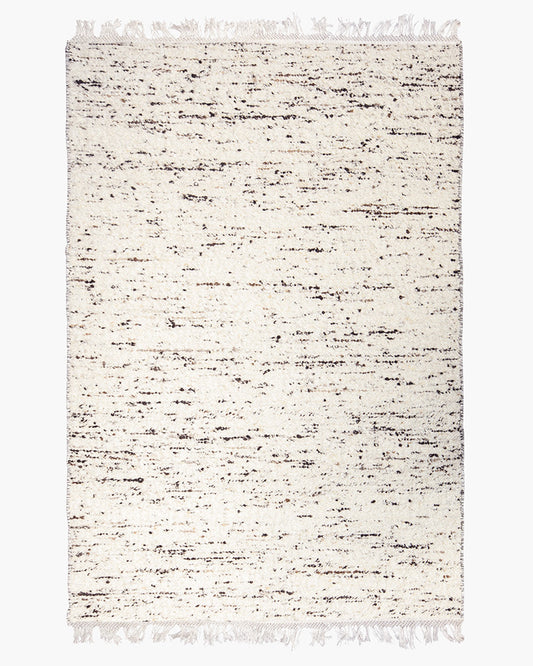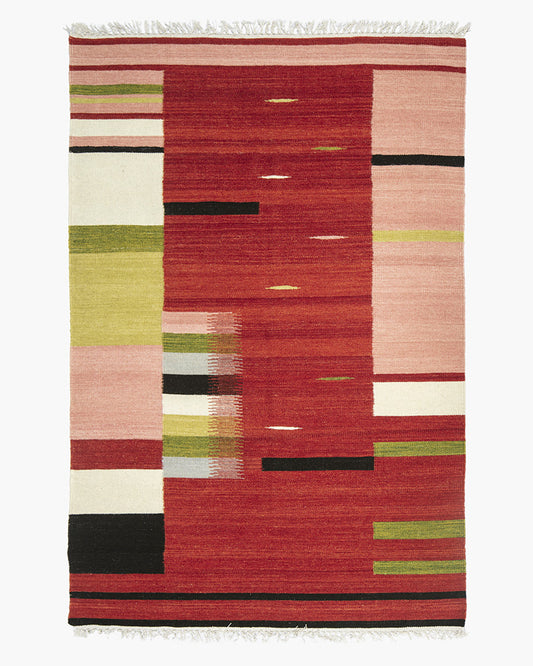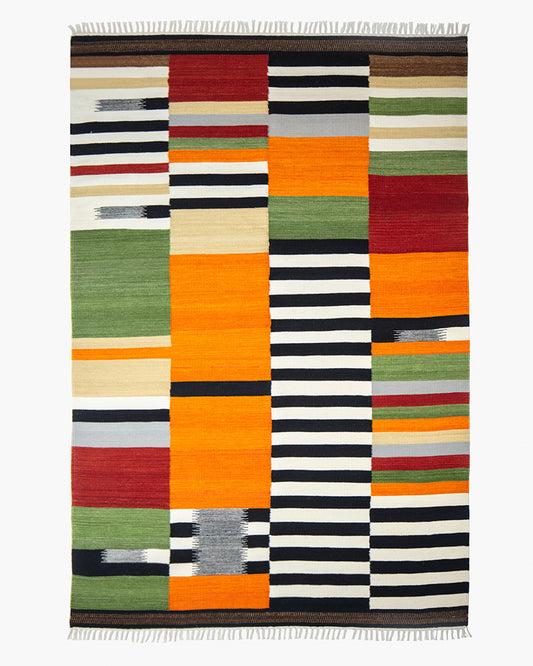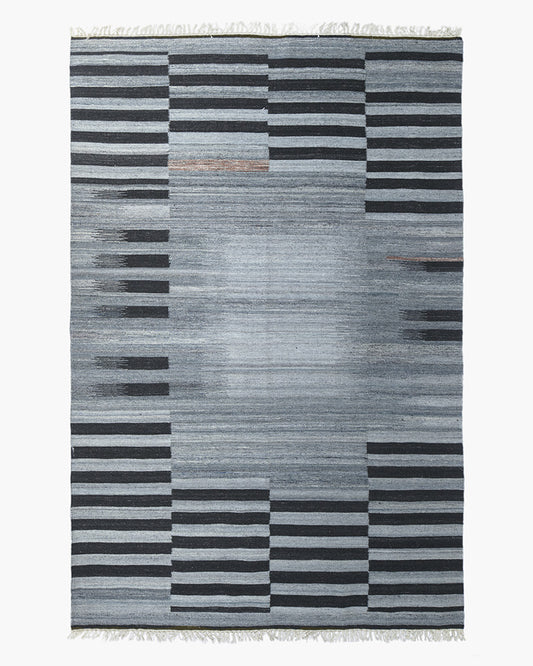After a recent spa trip over a weekend with family visiting, I found myself thinking about the aesthetics of relaxation and reflection. Historically, the experience of going to a spa has been tied to wealth and exclusivity, but it’s now also part of a larger culture where this is being sold and performed en masse. I really enjoy spas, but the pure commodification of the experience I’m after speaks to larger trends.
In the Tarot, the Hermit represents introspection, solitude, and the search for inner truth. The card typically shows a robed figure standing alone, holding a lantern that illuminates only a small portion of the path ahead. It suggests the need to withdraw from external distractions to listen more closely to one's own inner guidance. The Hermit is not a figure of isolation for its own sake, but one of purposeful retreat, a pause to reflect, study, and understand.

In 18th- and 19th-century England, a curious trend emerged among the wealthy: the hiring of so-called "ornamental hermits." These were individuals paid to live in artificial grottoes or rustic huts built on the estates of the upper class. Often, they were instructed not to bathe, cut their hair, or speak to visitors. Sometimes they were expected to maintain a kind of theatrical silence, appearing at the right moment to add a sense of mystery or wisdom to the landscape. The hermit became a living ornament, meant to symbolize a life of contemplation and philosophical depth.
But the reality of the ornamental hermit was far from romantic. These roles were typically filled by lower working-class men who, due to limited economic options, accepted positions that by one surviving contract stipulated could last up to seven years. The conditions were strict. Contracts sometimes stipulated that the hermit must not speak to anyone, must not leave the grounds, must not trim nails or hair, and must live in designated solitude for the entire term of employment. If any of these conditions were broken, the hermit could forfeit payment entirely. These were not seekers of truth or chosen ascetics. They were employees performing isolation as a service to the wealthy, in circumstances that bordered on the inhumane.
This practice was, of course, deeply ironic. The purpose of the hermit is to turn inward, to seek truth away from society. To hire someone to perform that role as a visual and social accessory undermines the very principles the hermit represents. It turned the pursuit of inner meaning into something external and consumable, an aesthetic feature of a landscaped estate.

Still, the ornamental hermit reflected an awareness, however superficial, that solitude and thoughtfulness were values worth signaling. There was at least a cultural framework that acknowledged the act of contemplation, even if it was filtered through class performance and theatricality.
Today, the priorities of wealth appear different. There is little public display of philosophical reflection among the elite. Instead, extravagance is often channeled into spectacle: mega yachts, luxury vehicles, champagne fights, and other conspicuous online displays of consumption. Aesthetic choices in popular media, such as those seen in real estate reality shows like Selling Sunset, often highlight a kind of surface-level opulence that feels disconnected from any deeper sense of taste or meaning. The show parades the most surface level homes by the fakest people modern plastic surgery can produce. These are the aspirational aesthetics of todays wealthy. Of course, a large part of why people enjoy these shows is to judge real estate you could never afford, declaring to the television that 'you would never buy a house that looked like that', but that doesn't change the fact these are the homes being touted as wealth and status in today’s culture.
Wellness has become a performance of wealth as well. The pursuit of peace and balance is booked in sessions with paid professionals, packaged into pharmaceuticals, or experienced at Scandinavian spas with guided meditation rooms and curated silence. Cold plunge your way to enlightenment. Buy my 30-day course. Wellness is no longer a practice but a product. It has an aesthetic now, with pale woods, soft linens, and Himalayan salt crystal lamps, and that aesthetic has become a status symbol. The visual cues of calm and clarity stand in for the real thing, because the real thing doesn’t fit within a 30-minute timeslot.

There is some strange solace in the fact that the wealthy of a previous era, for all their contradictions, at least acknowledged the figure of the hermit. However performative, there was a concept in circulation that suggested stepping back, seeking quiet, or contemplating the world. That idea, even if hollow in practice, pointed to something beyond materialism. In contrast, today's visible wealth often avoids the question entirely. Being an employee on a mega yacht, while affording better standards and pay than a ornamental hermit, is still a form of servitude tailored to wealth's demand for totalized control of experience. The dynamic of power and labor remains, only with a modern marine grade veneer.
The Hermit in tarot reminds us that real insight comes from willingly stepping away from the noise. But today, reflection is often replaced by consumption. Aesthetics have become something to purchase, an assumed recipe anyone can follow with enough money and the right list. The look of thoughtfulness and the feeling of calm are being packaged and put on sale. What’s lost is the discomfort, the vulnerability, the boring effort that true introspection requires. The ornamental hermit was a hollow gesture but acknowledged the value of solitude. Now, even that has been flattened. In a culture that when seeking calm leads to further consumption, the Hermit’s lantern still holds meaning. It lights a path not outward but inward, and it cannot be bought.





2 commentaires
I agree with Myra, it was a fascinating blog. So well articulated.
Brilliant and fascinating reflections. By fasting and turning to inward reflection on Yom Kippur, I get a taste of what the hermit represents. My Catholic friends who choose to do without something during Lent, get a small taste of the inward reflection that comes from even this small measure of withdrawal. Likewise, I hear, for some who practice Ramadan. Not pure hermithood but a taste. I hear you though ,and really appreciate this articulate depth of thought. So rare these days.